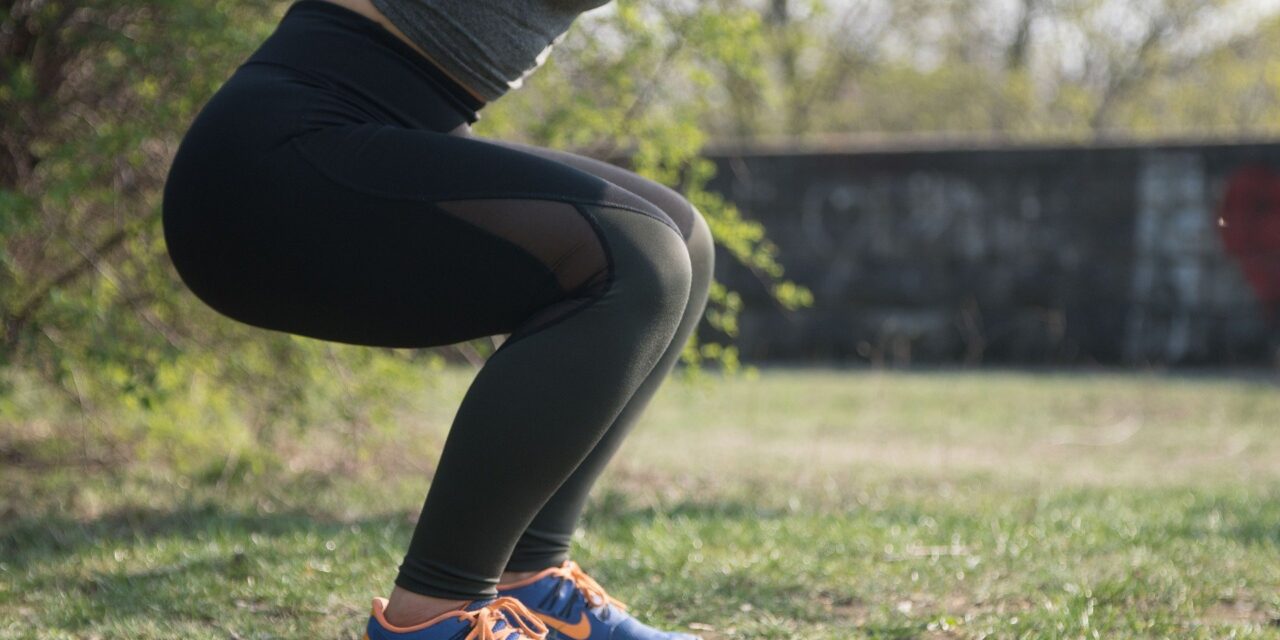Women who participate in high-impact activities may be at higher risk for pelvic floor dysfunction (PFD) such as urinary incontinence than women who participate in low-impact activities. Following childbirth, 30% of mothers report urinary incontinence and 10% report anal incontinence. Women are all too often advised to avoid activities such as high intensity interval training...
35% of postpartum women that return to running report musculoskeletal pain. A new research study has looked at biomechanical and musculoskeletal differences that exist in postpartum runners as compared to nulliparous (person who hasn’t given birth) runners. 9 women less than 2 years postpartum that run at least one day per week were compared to...
How To Stop Leaking During Jumping Movements
February 11, 2022
Are you doing your ‘Kegel’s’ but still leaking when you jump or run? Kegel’s aren’t enough! But you can read that rant here. Having leakage with jumping and running, whether newly postpartum, decades postpartum, or having never had a baby, has multiple factors contributing to it. First, surrounding muscle groups require adequate strength and symmetry...
Pregnancy Labor Exercises for Pushing
January 27, 2022
A frequent question of pregnant patients is, “how do I actually push during labor”? If they ask friends, they will often get the answer, “well in the moment you just know what to do”. If they ask the internet, there are even more vague and varied answers. So let’s discuss the best biomechanics and research...
5 Pelvic Floor Muscle Exercises Better Than a Kegel
December 20, 2021
With any pelvic floor dysfunction, there is so much more to look into aside from simply the pelvic floor. The term “Kegel” was first used in 1948 by a professor of gynecology Dr. Arnold Kegel to describe a pelvic floor contraction. While it has now become a household term, there is so much more to...
What Factors Predict Pain in Postpartum Runners?
November 16, 2021
Postpartum runners potentially make up a large portion of community runners as most women participating in running events are of childbearing age. 35% of women returning to running after childbirth report running-related pain. In 2019, a group of international running experts developed guidelines for postpartum runners to safely and effectively return to running. This criteria...
Endometriosis is a chronic inflammatory condition that affects 1 in 10 women of reproductive age worldwide. Classically, symptoms of endometriosis are painful menstrual cycles and chronic pelvic and abdominal pain, though a myriad of symptoms exist including rectal pain, abdominal bloating, back pain, bladder and bowel dysfunction, and pain with sex. Current treatment regimens for...
An estimated 40% of women and 13% of men over 50 years old will have at least one fracture due to osteoporosis (decreased bone density) in their lifetime. Areas that are most susceptible to fracture include the spine and hip bones. The incidence of fractures increases with age and particularly after menopause, as the protective...
Is Exercise Performance in Female Athletes Impacted by the Menstrual Cycle? By Berrin Boyce PT, DPT, PRPC In recent decades as women collectively increase participation in all types of exercise, ranging from physical activity to elite sport, more questions arise about whether or not the cyclical hormonal changes that occur in women with healthy menstrual...
How The Use of Forceps During Delivery Impacts Urinary Incontinence in the Postpartum Period
January 5, 2021
How The Use of Forceps During Delivery Impacts Urinary Incontinence in the Postpartum Period By Berrin Boyce As a pelvic floor PT working in Boulder with many people during their pregnancies I often hear the question: “What can I do to decrease the risk of developing urinary incontinence or pelvic floor issues after delivery?” I...

